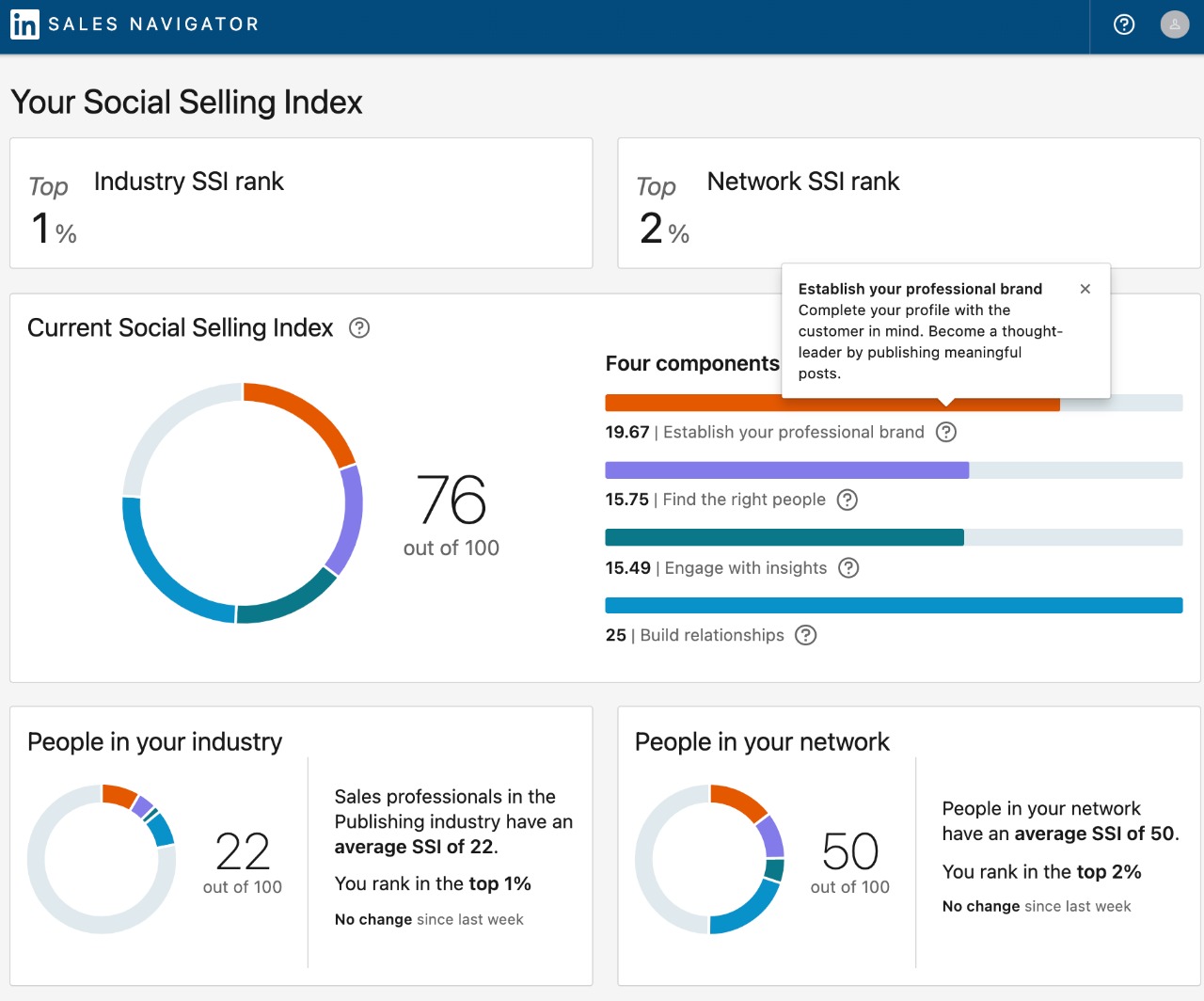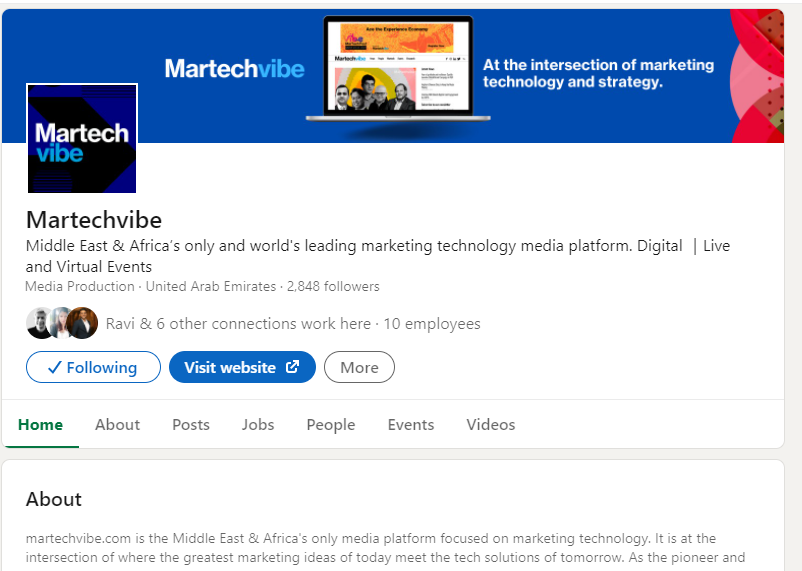Scoring On Social Selling Index
Cold calling is dead. Or it should be. Instead, sales teams are embracing social selling, an approach that allows laser-targeting prospects and establishing a rapport through existing connections. Customers, too, are reacting better to more value-added offerings that solve certain pain points. According to the AI-powered personalisation platform Formation.ai’s brand loyalty survey, four out of […]
Topics
What to Read Next
- Wiland Launches MarketSignals Custom Personas
- Parloa Secures $350M Series D, Valued at $3B to Lead Agentic AI in CX
- O3 Solutions Introduces Otto, a Personal AI Assistant for Capital Project Teams
- Infillion, Yobi Partner to Advance AI-Powered Advertising Optimisation
- VIOOH Partners with Atmosphere TV to Expand Premium DOOH Inventory

Cold calling is dead. Or it should be. Instead, sales teams are embracing social selling, an approach that allows laser-targeting prospects and establishing a rapport through existing connections. Customers, too, are reacting better to more value-added offerings that solve certain pain points.
According to the AI-powered personalisation platform Formation.ai’s brand loyalty survey, four out of five (81 per cent) consumers are willing to share personal information if it means more personalised offerings. About 83 per cent of consumers said they are more inclined to share data if the brand is transparent about how it will be used.
So, how is it different from social media marketing? Marketing via social media involves creating and sharing content on social media networks to achieve set marketing and branding goals. By contrast, social selling is done by salespeople and is the practice of leveraging social media channels to interact directly with their buyers. Think of it like this — social selling drives revenue, while social media marketing drives awareness.
If you think LinkedIn is just a job search platform, think again. When it comes to B2B marketing and sales needs, Linkedin offers the largest set of data points with over 660 million professionals globally. This is why sales teams are using it as a social selling tool to create conversations organically around products or services that can lead to sales conversations without traditional sales pitches. LinkedIn is taking away the guesswork about knowing how well you are doing via its Social Selling Index (SSI), which measures how effective an individual is at establishing their professional brand and building relationships.
Also Read: Exceeding Expectations with CX Measurement
The Social Selling Index (SSI), a concept introduced by Linkedin in 2014, is a metric used to estimate the influence of a brand’s social selling efforts.
SSI measures companies or individuals based on their adaptation of the four pillars of selling ranked from zero to 100. According to LinkedIn Sales Solutions’ internal data, a brand that leads in the social selling space generates 45 per cent more sales opportunities than businesses with a low/no social selling index. Whereas brands that emphasise social selling are 51 per cent more likely to reach their sales target. In addition, 78 per cent of them outsell peers who don’t use social media.
Establishing a personal brand, finding the right people, engaging with insights, building relationships are the four pillars based on which SSI is calculated. Each factor holds a maximum value of 25 points. With 25 points in each segment, one can attain the perfect score.

The SSI can be found at https://www.linkedin.com/sales/ssi. This feature is available to all LinkedIn users, not just the premium ones.
Metric 1: Establishing A Professional Brand
According to LinkedIn, 92 per cent of B2B consumers are more likely to connect with sales professionals if they are industry thought leaders.
Establishing a professional brand starts with optimising your LinkedIn profile for the market in mind. It’s based on how a brand presents itself. A brand can succeed here with a complete profile, so everybody is aware of the brand, content, what they sell, and their business. A complete profile gives more reach, and the content performs better.

Metric 2: Find The Right People
Finding/ connecting with the right people is not only essential to boost SSI but also essential for lead generation. A brand needs to have a target audience defined and successfully connect and engage with them. This score also links to how to use LinkedIn’s tools. When trying to figure out an audience, Sales Navigator, LinkedIn’s in-house paid sales solution, which can sync with your company CRM, can be handy. It filters profiles in its extensive network based on requirements and tracks relationships.
Also Read: Measuring Consumer Attention in Advertising
Metric 3: Engage With Insights
After building the brand on LinkedIn and reaching out to relevant people, it’s time to create the content that a network will want to engage with. Sharing valuable data and reports with connections and using trending topics to keep followers engaged will improve credibility. If an individual is a trusted expert in their field, the audience is more likely to engage.
Metric 4: Build Relationships
Social selling is all about building relationships. People buy from people. Eighty-seven per cent of B2B buyers on LinkedIn stated they would have a favourable impression of a salesperson who was introduced to them through someone in their professional network. Opinions of connections are as important as connections themselves, as it plays an essential role in decision making. To improve this metric, you will need to provide users with additional value than just connecting with them. It’s a long journey, so conversion isn’t the only factor to consider. Try to have more meaningful conversations that add value and contextualise market scenarios so followers can make an informed decision about their purchase. According to Insider Intelligence’s 2020 Digital Trust Report, users prioritise security, legitimacy, community, experience and relevance on social media platforms.









































































































